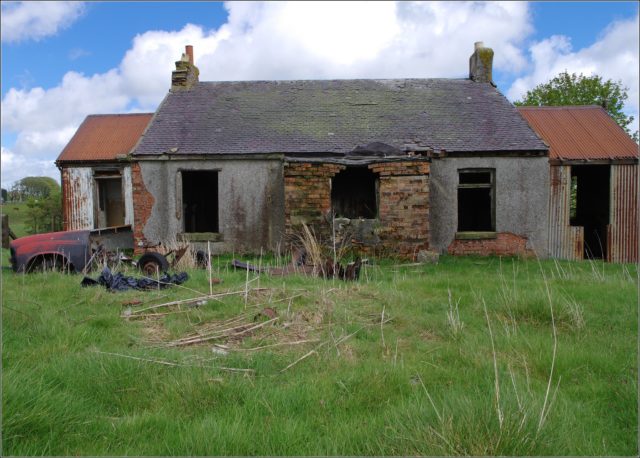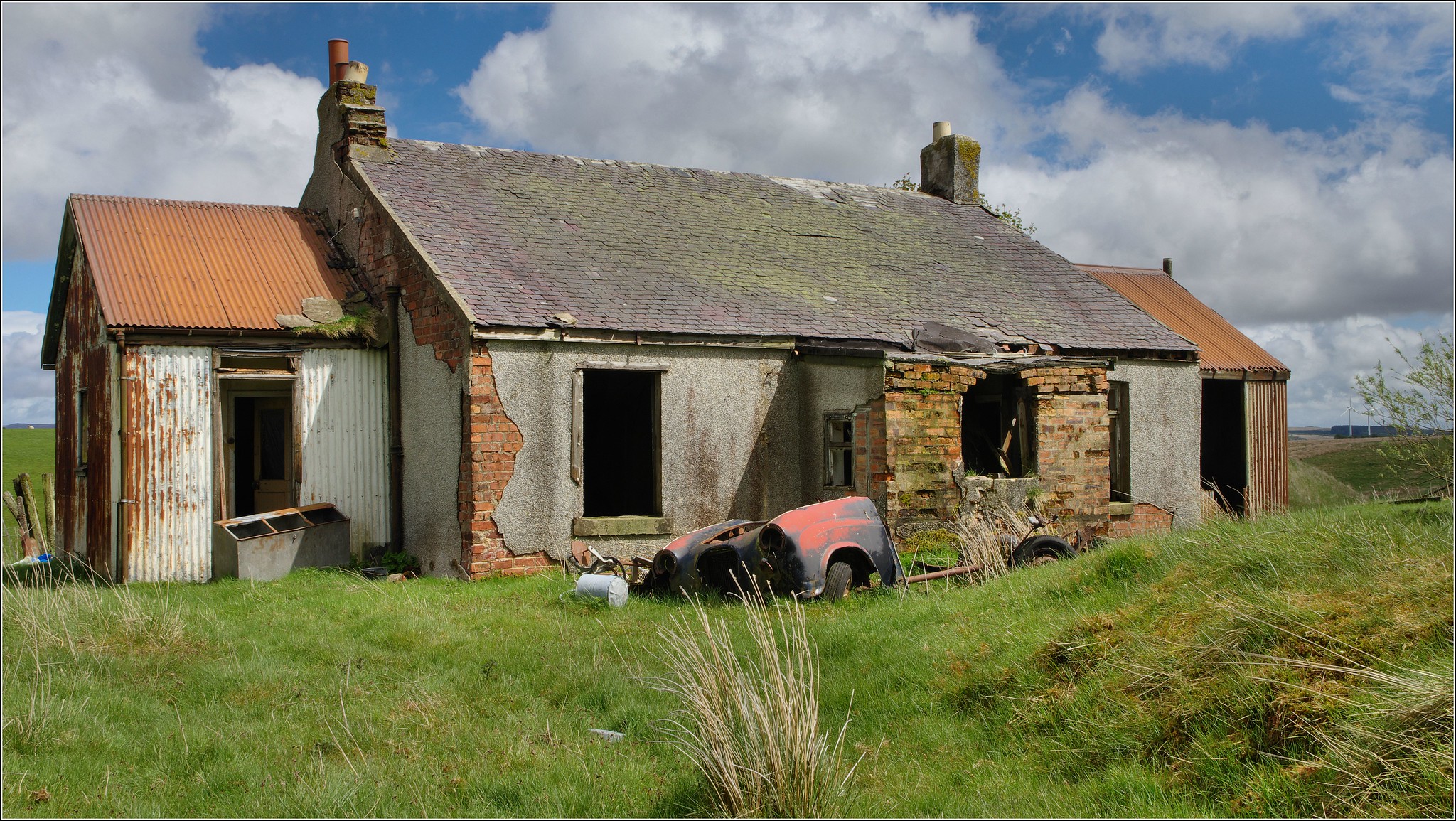In South Lanarkshire, Scotland, there was once a bustling mining village called Haywood, sometimes referred to as High Wood by the locals. It lies 2 kilometers (1.25 miles) west of Auchengray. At one time, it was a thriving mining community, but today it is a ruin and so obscure that even people who grew up just 15 miles away have never heard of it.
The Scottish village of Haywood should not be confused with another village called Great Haywood, which is found in Staffordshire. This West Midlands village is well-known because it was where JRR Tolkien and his wife once lived.
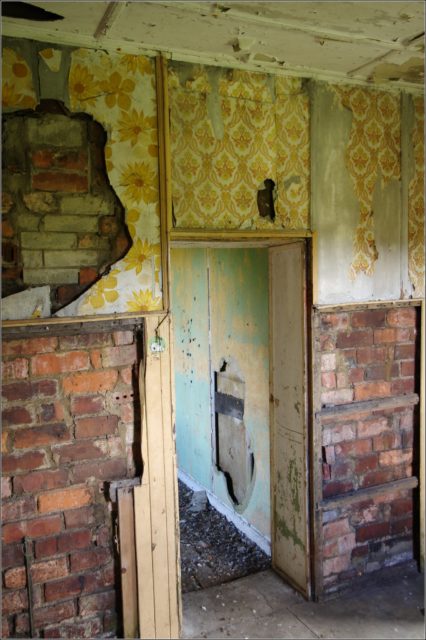
Life in Haywood, Scotland, began in the late 19th century. In the 1890s, the population was about 1,200. Most of the houses were built of bricks that were produced in the Auchengray brickwork, a factory that no longer exists today.
As the village developed, roads were built, the number of jobs increased, and so more people were attracted to live in this beautiful place. Various institutions were built to cater to this growing population such as a church, a school, a police station, a post office, and a train station.
There were also several local stores and merchants to serve the community. Records indicate that there were three tailors and three dressmakers, a doctor, a stationmaster, and a shoemaker. The village even had its own soccer team, founded in 1884, which went undefeated for 11 years.
The church opened in 1877, but it lasted only 50 years before it fell into disrepair. At that point, the congregation joined the worshipers at Wilsontown church.
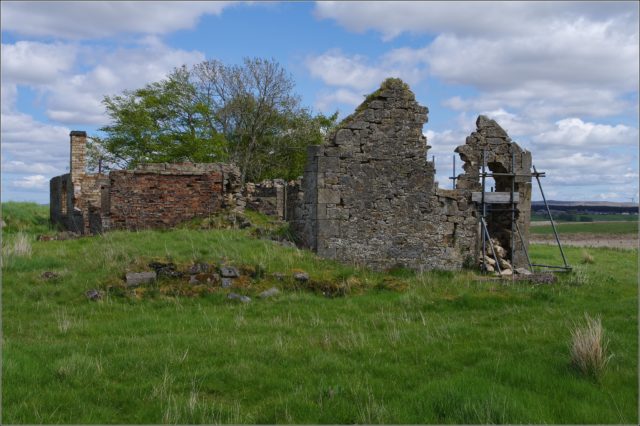
Haywood produced coal, which was used for the distillation of oil. In 1894, a Co-operative Society store was established here. The society store was supported by the income that came from coal mining. However, despite the increased trade, the Co-operative store had negative effects on the community.
For example, if a woman did not buy her supplies from the Co-operative store, it could have repercussions that might result in her husband losing his job or having his wages cut. It worked the other way too: if a man did not follow the company line at work, the shops might refuse to serve his wife.
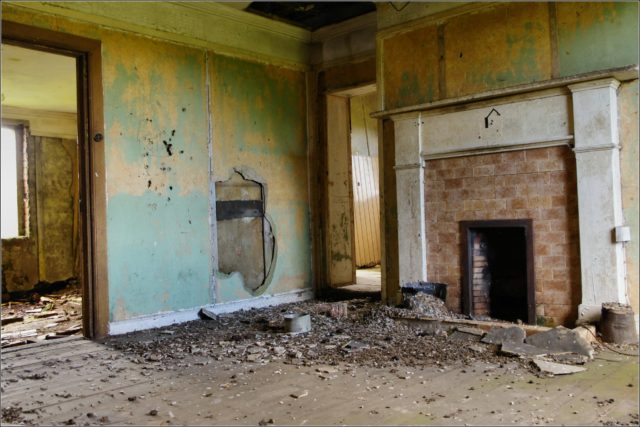
Unfortunately, the mines in Haywood and other mining villages began to close at the end of the 20th century. Since the surrounding area was moorland that wasn’t suitable for agriculture, no other livelihood was possible, and so Haywood’s population rapidly dwindled.
By 1951, there were only 15 households, and not long after, Haywood was completely deserted.
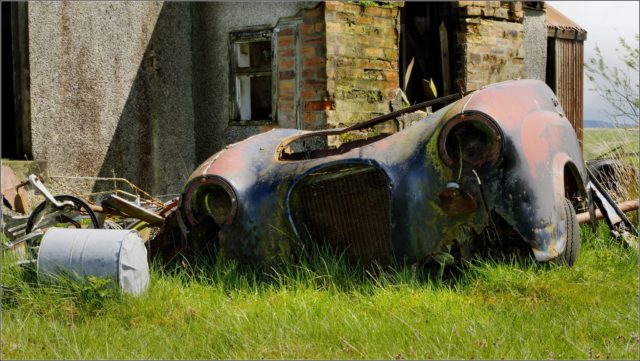
Today, visitors to this abandoned site can find the ruined remains of the inn hotel and a small cottage, as well as the remnants of abandoned cars. Some eagle-eyed urban explorers have noticed that the cars are dated later than the 1950s, suggesting that people were still using this site after the village was officially abandoned.
There is also a war memorial that commemorates the inhabitants of the village who lost their lives or went missing during the First and Second World Wars. A total of 14 names are included.
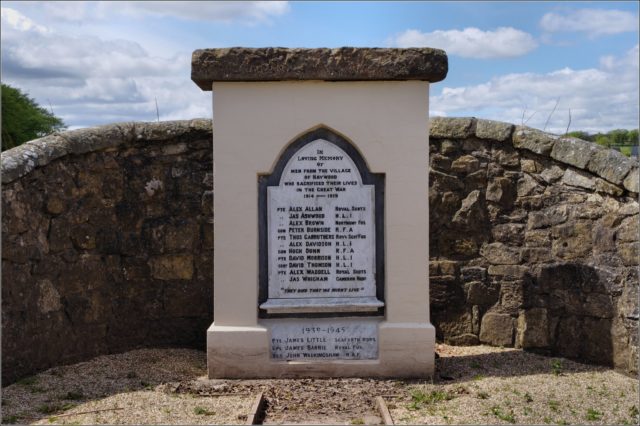
The memorial is the only structure to remain fully intact. It is suspected that the houses were taken apart over the years so that their bricks could be used in other projects. All that remains to show where houses once stood are the trenches used for the foundation stones.
Many people are drawn to a particular inscription on a windowsill of what used to be the inn that reads: Oh Annie went thou here tae [to] see A waefu wumin [a woeful woman] thou wad [would] be.
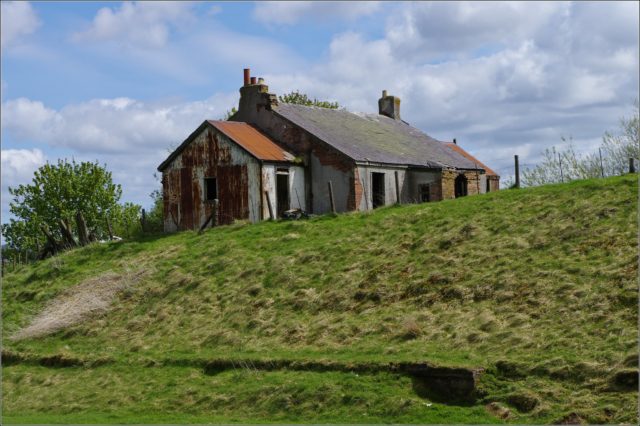
These beautiful photographs were taken by Ben Allison. A big thank you to him for sharing them with us. Ben loves traveling and catching its moments with his camera. Visit his Flickr account to find out more.
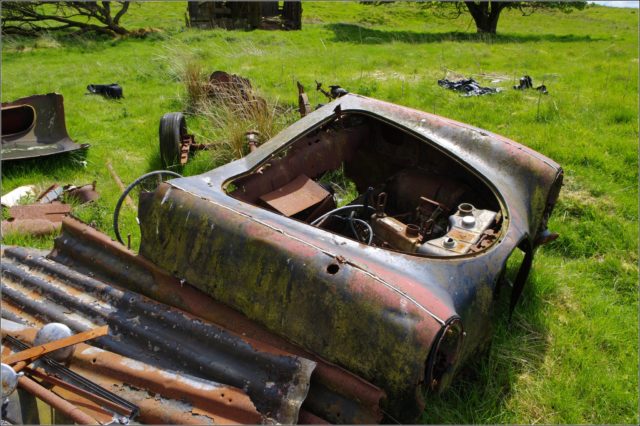
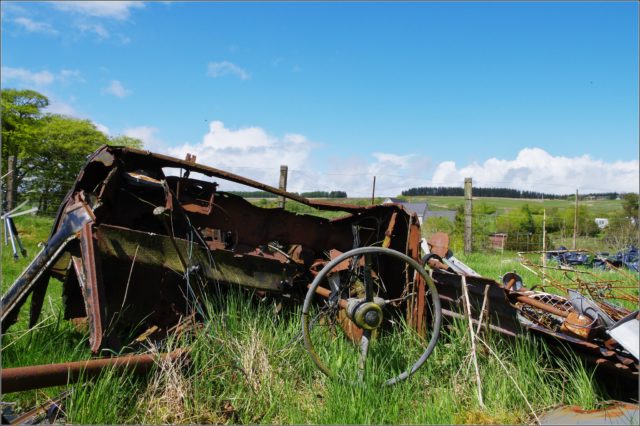
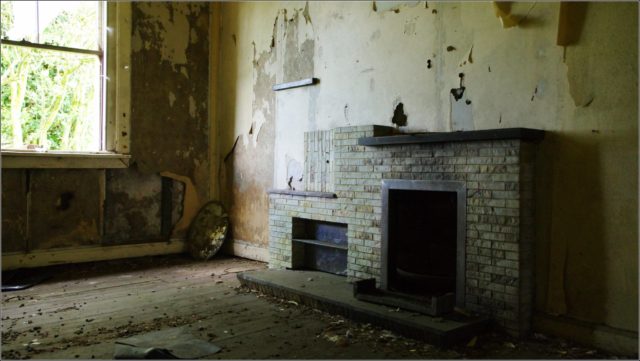
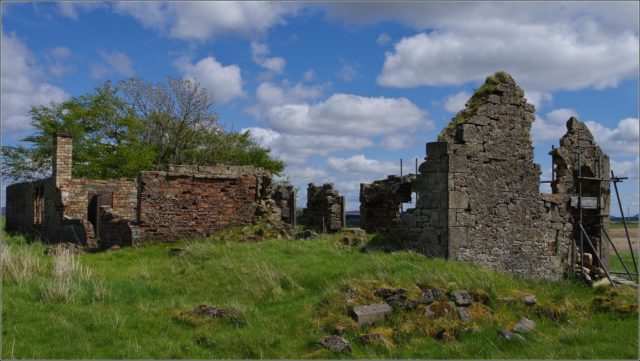
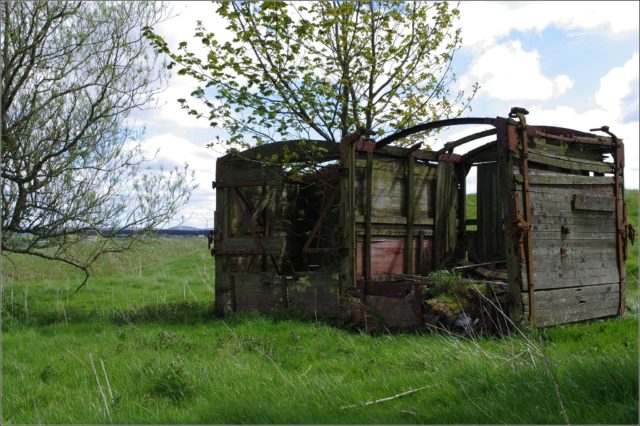
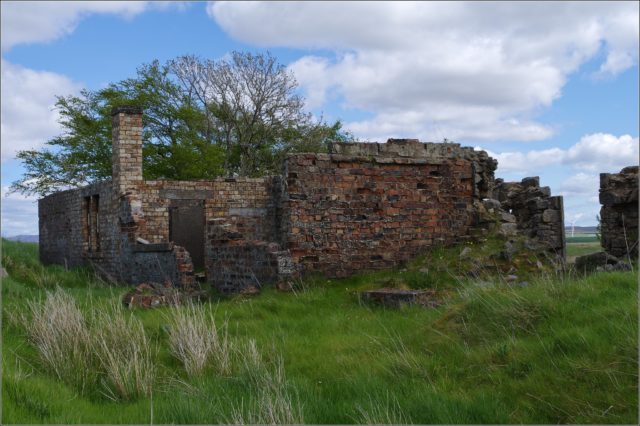
Another Article From Us: City of Darkness: The most densely populated place on earth is now abandoned
